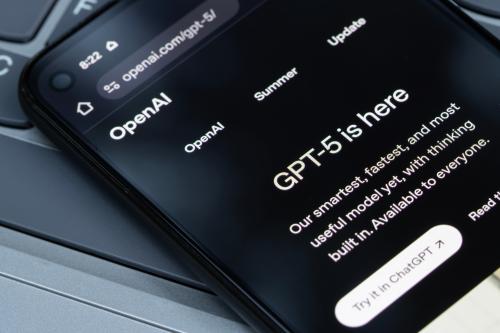In June 2013, President Obama announced the ConnectED initiative intended to equip schools with the best technology available to improve the nation’s education system. The administration secured pledges of over $2 billion from leading technology companies. Despite that headline grabbing figure, a lack of specifics about the nature of the donations themselves made it difficult to evaluate. The State Educational Technology Directors Association (SETDA) recently shared new details about ConnectED pledges, which allows for some preliminary observations about the program. It appears the Obama administration and its private partners are taking the right approach to integrating technology into the nation’s classrooms.
Professional Development is Key
Many program participants have included training for teachers as a component of their contribution to ConnectED. Lack of guidance in how to use new technologies is a huge barrier to successful implementation. According to a recent survey, 46 percent of teachers “report lacking adequate training on technology they use.” To address this issue, companies like Autodesk have committed to offer training along with free access to its 3D design software. Teachers have many demands on their time and pairing professional development along with new technology is critical to improving instruction.
Making High-Speed Internet Ubiquitous
ConnectED partners have also prioritized providing high-speed Internet access to students. To take full advantage of new education technologies, students need high-speed Internet access in their schools and in their homes. Far too many lack this essential learning resource. Only 18 percent of teachers report that “all or almost all” of their students had “access to the Internet and other digital technologies they need to effectively complete school assignments.” The tech giants participating in the program are tackling this problem directly. AT&T has committed to providing free mobile broadband to middle and high school students in impoverished communities. Microsoft and Sprint have also pledged to help reduce this digital divide.
ConnectED Partner Commitments
|
Partner |
Value |
Commitment |
|
Esri |
$1,000 |
ArcGIS map making software to all schools |
|
Adobe |
$300 |
Software and professional development |
|
Autodesk |
$250 |
3D design software to secondary schools along with training |
|
Apple |
$100 |
iPads, MacBooks, and other professional development tools |
|
AT&T |
$100 |
Mobile broadband services, devices, and teaching |
|
O’Reilly Media |
$100 |
E-books for high school students covering programing & software |
|
Prezi |
$100 |
Pro version of their presentation software |
|
Sprint |
$100 |
Off-campus high-speed mobile Internet connections |
|
Verizon |
$100 |
Training for STEM teachers using mobile technology |
|
Microsoft |
Unknown |
Discounts to all schools on its Windows OS |
|
Total |
$2,150 |
|
|
*In Millions |
Source: SETDA, White House
Devices are not a Panacea
In the past, public-private partnerships have focused on providing schools with donated software and hardware. But these tools are useless if they are not incorporated into the curriculum. The hardest part of bringing America’s classrooms into the 21st century is not securing the necessary funding. The difficulty is developing strategies that empower teachers to improve their instruction. The focus from the ConnectED partners on training and Internet access suggest the program could help thousands of students enjoy the benefits of education technology.
More information on ConnectED is available from SETDA.
The Brookings Institution is committed to quality, independence, and impact.
We are supported by a diverse array of funders. In line with our values and policies, each Brookings publication represents the sole views of its author(s).



Commentary
ConnectED Could be a Game Changer for Technology in Schools
August 28, 2014